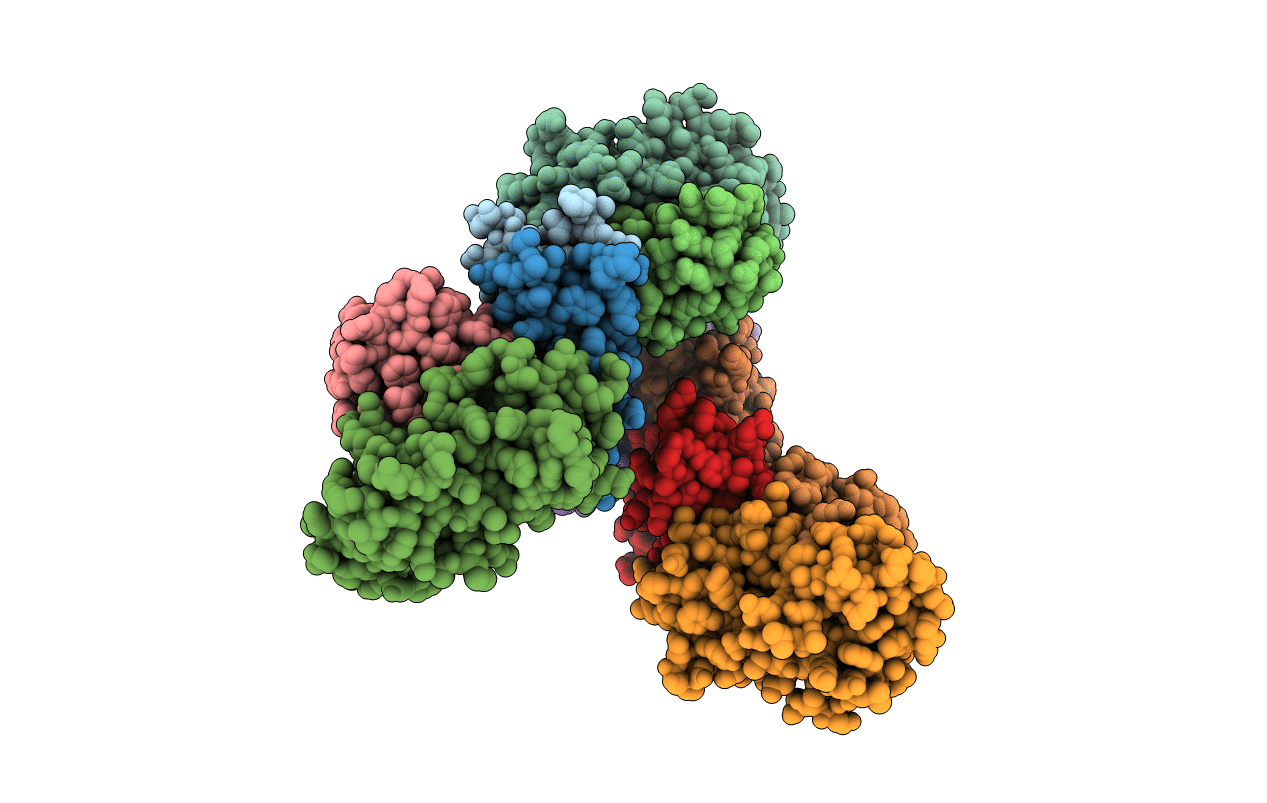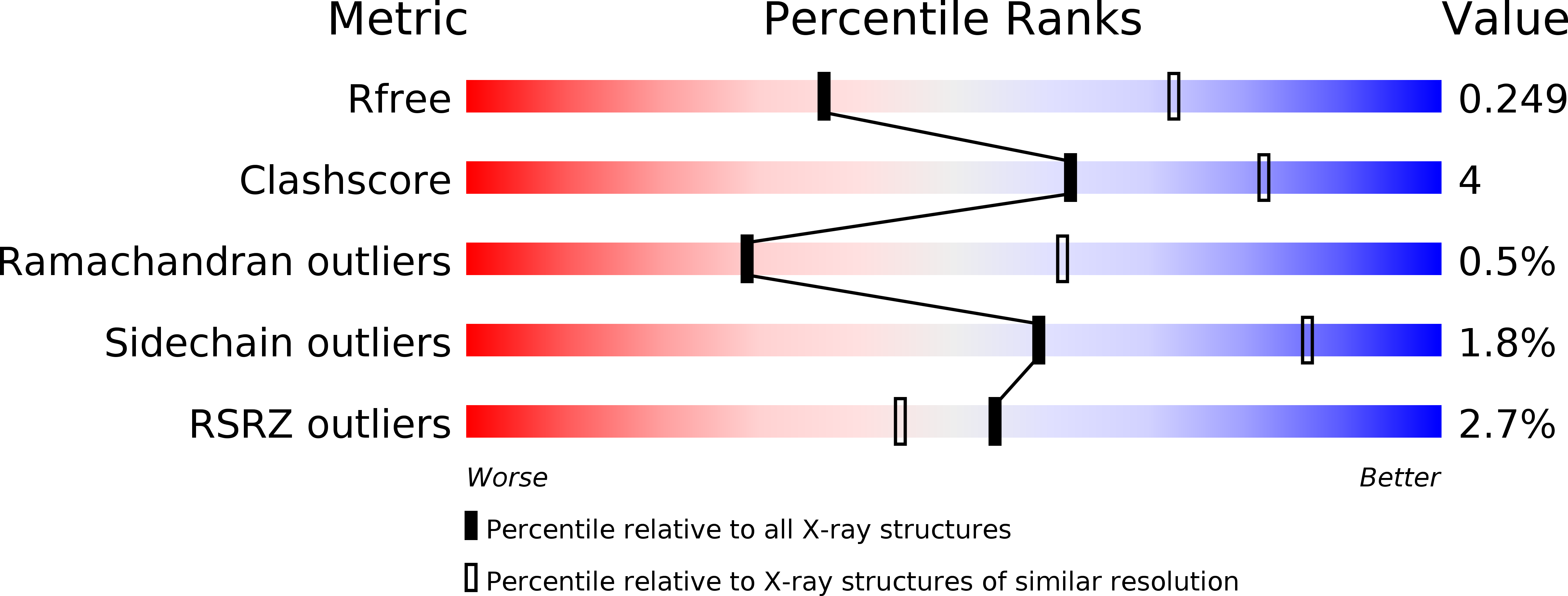
Deposition Date
2019-06-30
Release Date
2019-09-11
Last Version Date
2024-01-24
Entry Detail
PDB ID:
6S53
Keywords:
Title:
Crystal structure of TRIM21 RING domain in complex with an isopeptide-linked Ube2N~ubiquitin conjugate
Biological Source:
Source Organism:
Homo sapiens (Taxon ID: 9606)
Host Organism:
Method Details:
Experimental Method:
Resolution:
2.80 Å
R-Value Free:
0.24
R-Value Work:
0.20
Space Group:
P 1


